

|
Martin Brausewetter: The Artwork As a Process Ana Gonçalves Magalhães Art historian, curator and professor with the Museu de Arte Contemporânea da Universidade de São Paulo (MAC USP) Martin Brausewetter's painting is made up of a web of surfaces and abstract forms in superimposed layers of colors, vestiges of the artist's gesture that guide our eyes along grooves and ridges made with a blade that meticulously dissects the various layers of tempera applied to the surface of the canvas. His painting is like a skin, whose scars are the marks left by a long and complex artistic process. Perhaps the most important aspect of his work lies in the confrontation of two essential elements, namely, the technique he adopts and the motifs suggested by the compositions of abstract shapes. Brausewetter uses egg tempera, a very traditional technique which, for this very reason, requires a lengthy painting process, during which the artist works with the same surfaces over and over, gradually applying the layers of color. That these shapes arise by the removal of layers of paint lends to these works the idea of a wearing down, of ruin; the artist thus imbues his canvases with a more subjective notion of time, which seems to allude to memory as a lived experience. They also allow us to perceive his compositions as reminiscences of a territory, whose relief is conceived through the buildup and scraping away of layers of color, beckoning us to touch the surfaces as though we were recognizing the topography of a terrain. They suggest entire cartographies, reminiscent of archipelagoes, oceans, strange and fantastic beings, as on the nautical maps in the period of the great sea voyages, when the earth was mapped out in freer lines often interspersed with mythological figures – some of them even giving shape to determined territories. Thus, the shapes of the continents and oceans on the old maps often took on a meaning of their own, as they evinced the idea the explorers had of those places, and of the strange creatures who lived there. Likewise, in Brausewetter's paintings the essence of the work lies in its materiality – the colors, textures and transparencies, in and of themselves. On the other hand, these abstract forms also recall images of high–precision microscopes, of microorganisms in restless activity, or even groups of cells, referring once again to explorations, but no longer of things seen from a distance, but of scientific incursions into the microcosm. The artist's choice of egg tempera therefore takes on a unique meaning, in conjunction with shapes that can refer to a future time. Very much used from the 8th to the 15th centuries for paintings on wood and for frescoes, tempera demands a great deal of technical skill, and its physical dimension compels us reflect on the process that agglutinates its organic and mineral components. Moreover, some of Brausewetter's planes of interlaced colors evoke the so–called pans de peinture of the primitive Italian masters (as suggested by Georges Didi–Huberman, in light of some frescoes by Fra Angelico, for example), as we can see in the surfaces worked in light grayish greens and blues. In the painting of the primitive of Italians, these pans de peinture expressed a contemplative suspension in the representation, but in Brausewetter's compositions they can be understood as breaths or pauses. That these surfaces of suspension are constituted by an overlaying of colors also refers to certain procedures employed in the making of Trecento and Quattrocento Italian frescoes, exemplified by the preparation of colors evident in the surfaces painted by Giotto for the Cappella degli Scrovegni in Padua. The choice of tempera is fundamental for this effect, since its physical aspect seems to lend greater materiality to the layers, while allowing the artist to work with their transparency. The deep blue parts play a vital role in the composition of the canvases, and over time they have gained a more notable presence. They immerse us in infinite spaces, we are pulled into the canvas, while the layers of colorful webs leap outside of it. These paintings give the spectator an experience that is not only purely visual: it occurs based on the physical quality of their surface and the compositions that effectively construct a space. The deep blue plays the further role of acting as both an emptiness and a fullness within the composition. The artist achieves this effect by preparing the layers of tempera, especially the final one, without the use of any varnish, resulting in a velvety aspect.Each painting opens to imaginary spaces beyond what we are seeing, and from which we observe the activity of these bodies. 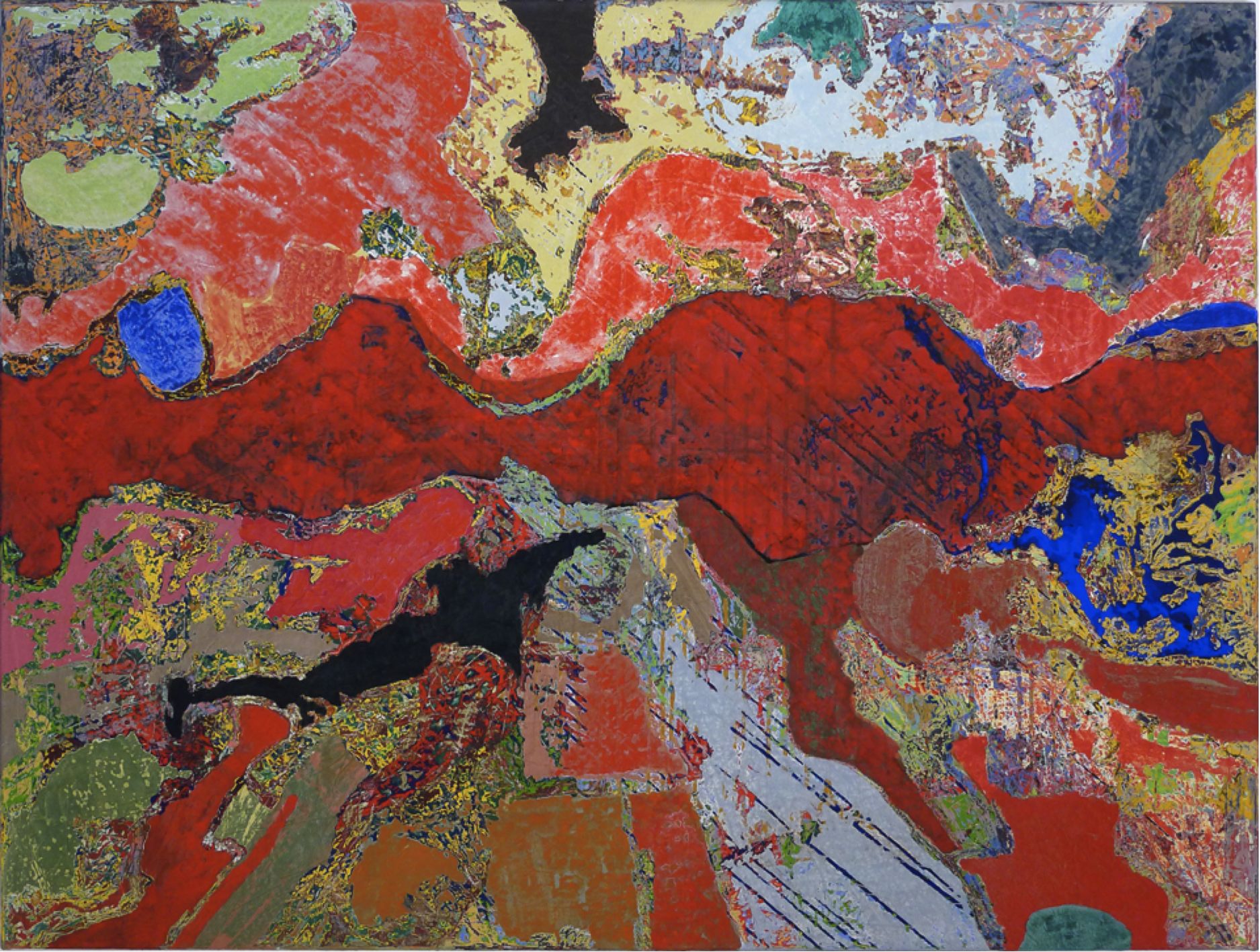 Figure 1 His most recent painting is developed on the basis of compositions like that in Figure 1. Here, we already see the web of textures and colors, elaborated with the use of a blade for scraping the surfaces, while the deep blue – which has come to dominate a good part of his compositions in the last two years – appears shyly. The range of colors has also changed over time. Here it is still warmer, with reds and oranges, creating shapes that recall organic or fractal structures. We can also think about the remnants of a volcanic explosion: the reds resemble lava flowing through the relief of a landscape. The small zones of deep blue seem to open a gap in this composition, and if we think about geological maps and images generated by hi–tech devices, they resemble reservoirs of water on or beneath the surface of a recently discovered planet.In the case of the painting above (Figure 2), Brausewetter works with broad surfaces that recall 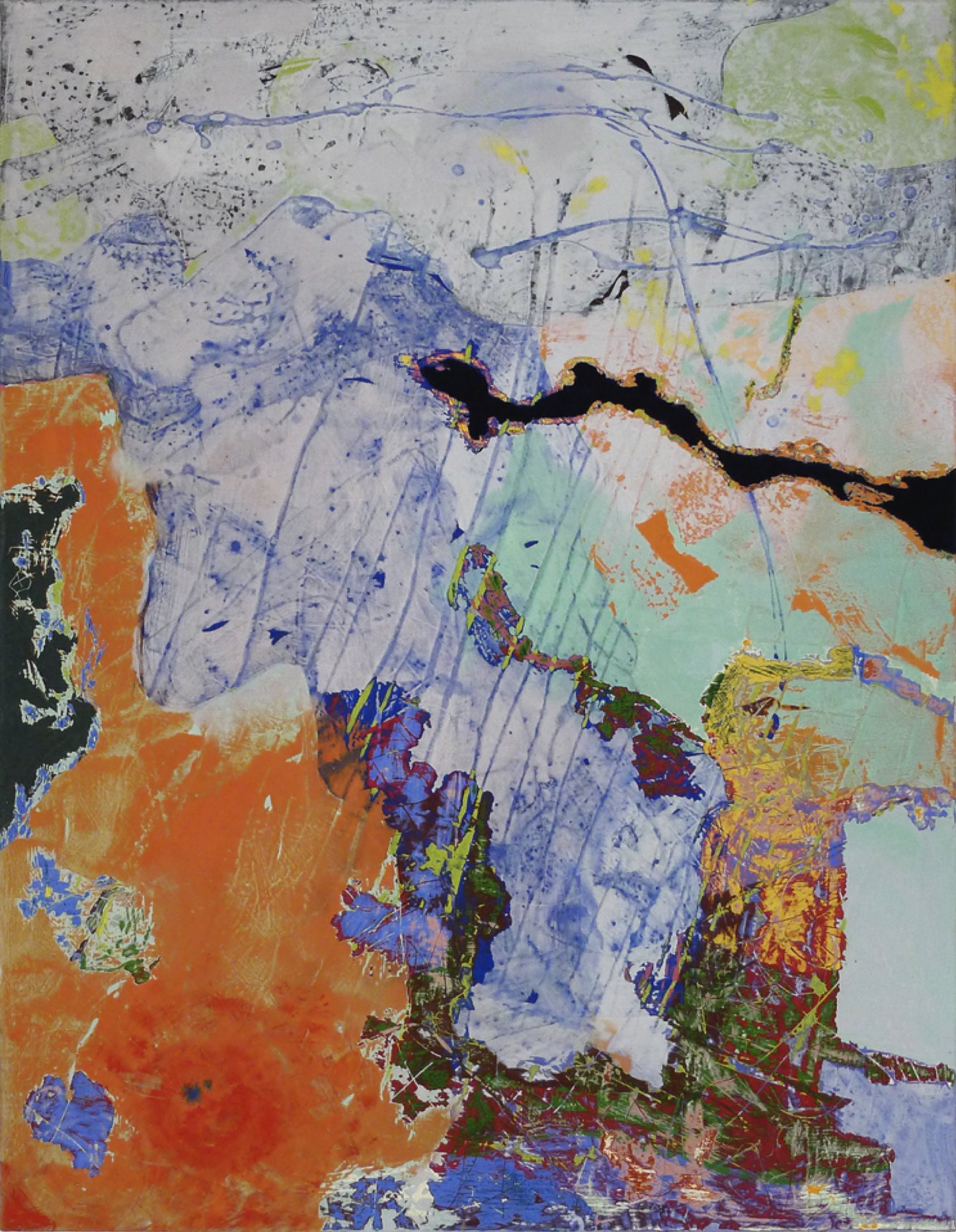 Figure 2 slabs of marble or granite. But the composition of these marbled light–blue or green zones also recalls the Renaissance pans de peinture. They therefore create a long breath in the composition. Unlike the previous case – where the composition is dominated by an intense red, and in this sense fuller and more closed on itself – here the deep blues begin to make their way between the whitish shapes, combining with them and thereby opening the composition, expanding it beyond the limits of the canvas. As mentioned above, the experience the artist proposes through his compositions is always different. Here it is no longer a cartography or geologic map, but perhaps an archaeological vestige of an ancient fresco that exposes the process of its making. 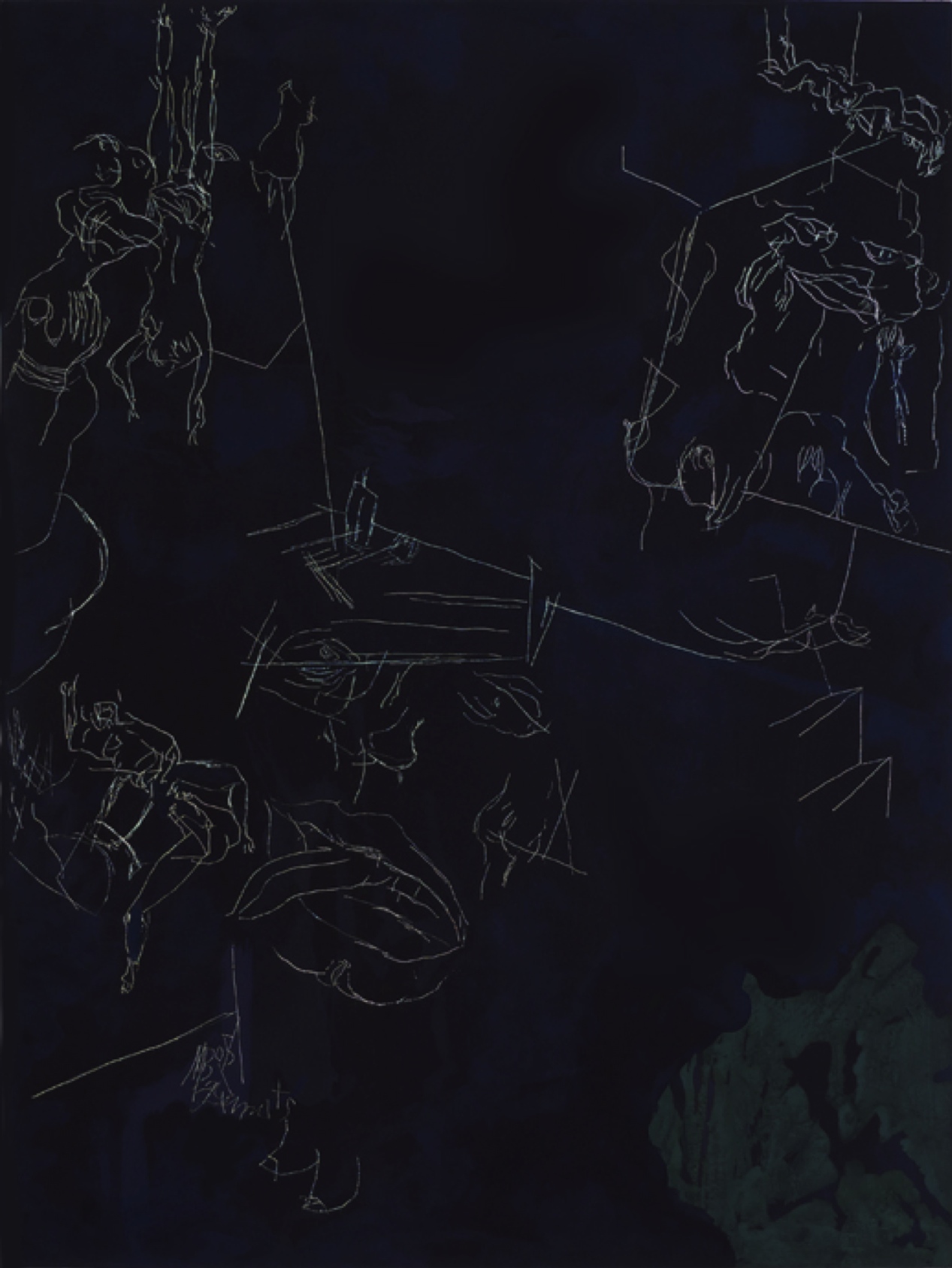 Figure 3 Brausewetter's painting was dominated for the first time by deep blue in a series in which he later inscribed pornographic figures on the surface of the canvas, forming a drawing of stark outlines (Figure 3). From a distance, one gets the impression of a set of constellations floating in a night sky. As the viewer comes closer, a sort of ribald narrative emerges, though nearly concealed from sight. Beneath the sweeping surface of deep blue that was now taking over the entire composition, the colorful web that formerly provided the basis could still be perceived. This series is exceptional in the artist's production. On the one hand, it takes a motif that we frequently see in his drawings and in a single series of paintings made in the 1990s, elaborated with warm tones, and with more explicit figures; on the other, the large surface of deep blue functions effectively as a matrix on which the artist draws his shapes. 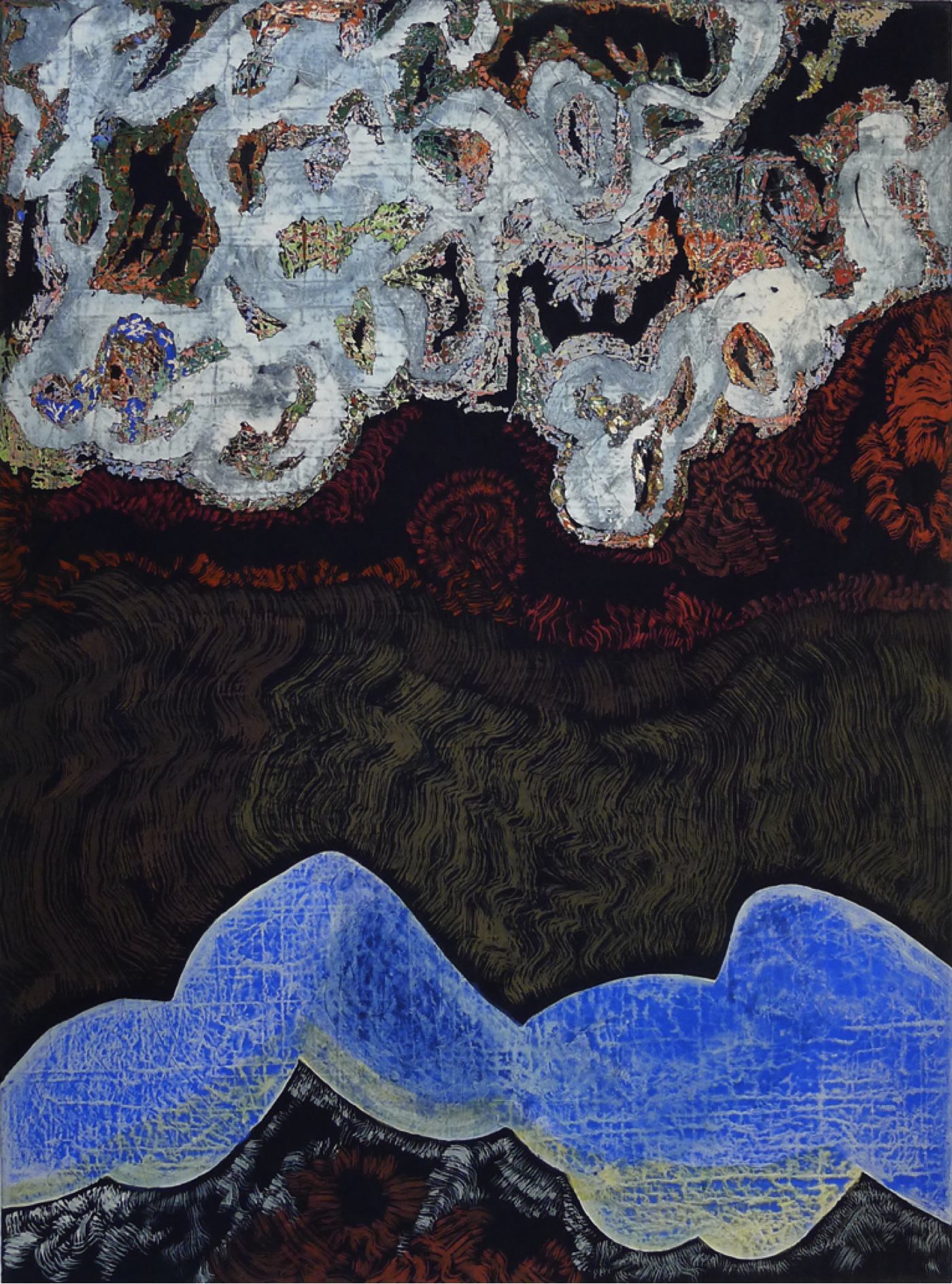 Figure 4 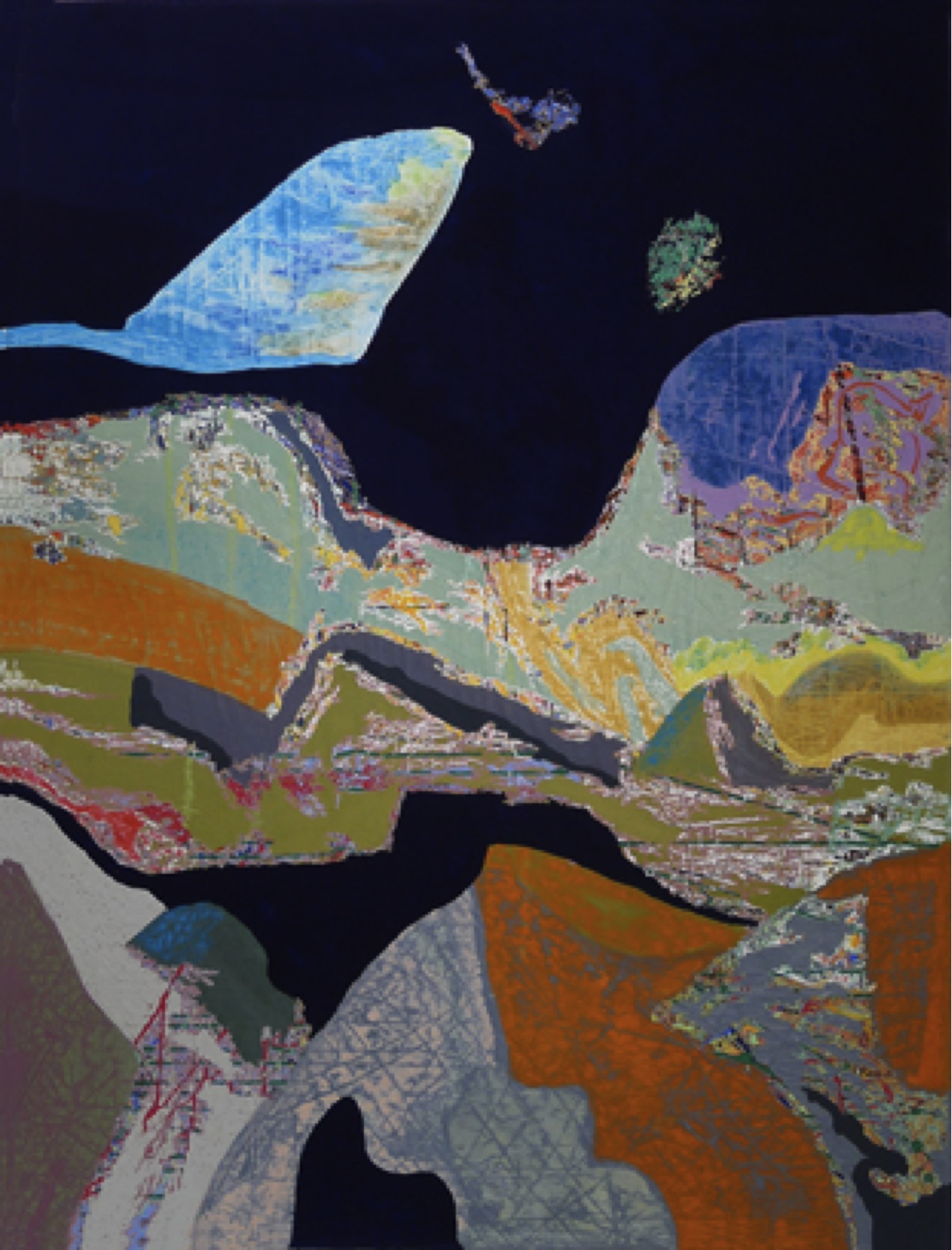 Figure 5 The moment that Brausewetter began to use the broad surfaces of deep blue nearly coincides with the time he first visited Brazil. The discovery of the Brazilian landscape is perceptible in some paintings he made from 2003 on, as exemplified by the artworks above (figures 4 and 5). As a new aspect, they feature a combination of various elements the artist had experimented with before, namely, the greater presence of the deep–blue surfaces, juxtaposed to the shapes of colorful drawings scraped with a blade, graphic elements from the starkly outlined drawings seen in compositions from the 1990s, and the whitish surfaces that refer to the tradition of fresco. These elements form a landscape in which the viewer can infer mountains, the horizon, aspects of a city skyline, and so on. And it is mainly the curved shapes that suggest a relief reminiscent of the Brazilian landscape. These compositions gradually became synthetic, where we at first see large shapes created with the techniques already explored by the artist, floating in a large space of deep blue (Figure 6). 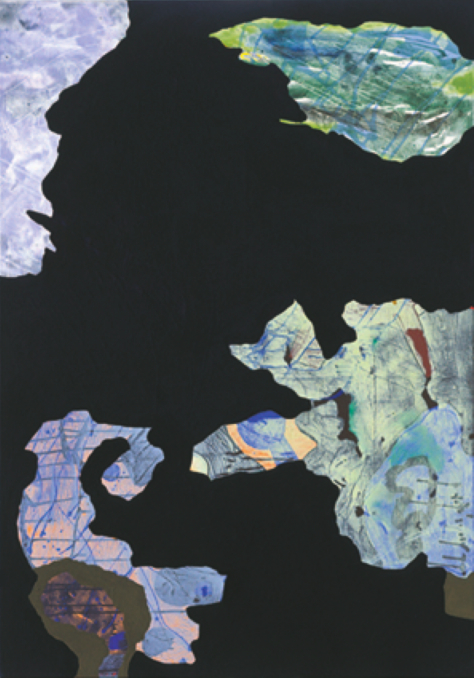 Figure 6 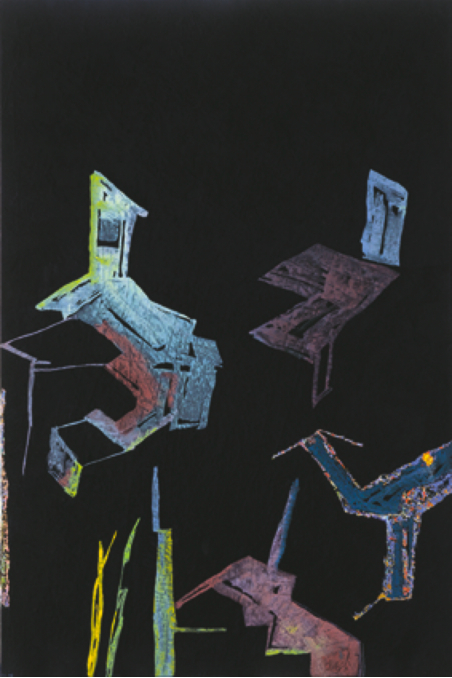 Figure 7 More recently, they have reassumed the form of his boliden, but now conveying fragmentary aspects of the city – São Paulo is, without a doubt, a fundamental reference for him, in his contact with Brazil. Thus, the complex and deconstructed structure of the relief of a favela (Figure 7), for example, is transformed into a sort of bolide structure within this field of deep blue. Within the evolution of his work, the materiality of these paintings, in their various forms, has a strong impact on the viewer: a sort of skin is formed by the velvety surface of deep blue and the colorful scratched webs, coupled with the textures created by paint runs. The body and skin are apt terms for expressing the essential character of this painting. Even more than the images conceived in it, their materiality is what attracts the viewer, making the painting not merely a surface but a real presence. There is an intense life churning there, sometimes furiously. A dialogue is immediately established between the viewer and the work, in which the viewer seeks to construct narratives, and to impress his/her own subjectivity, while gazing at a subject expressed by way of shapes and textures. These carefully arranged and extremely well balanced compositions nevertheless involve randomness. In the application of the layers and in the choice of the colors, each web the artist constructs is different from any other. Laying the canvases on the floor, only at the end of the process can he know what the painting has resulted in. Even when determined procedures are repeated, there is no repetition of shapes, surfaces or even compositions, since the process of making each of the canvases depends on the fluidity of the thin layers of tempera – how it is applied or how it runs. Such results are only obtained by means of a long preparation of layers of colors, as the artist begins one canvas, moves to another and then comes back to the first one, applying the layers on successive days, weeks, or even months and years. Once he begins scraping the shapes with a blade, he no longer has any control over the number of layers, the variety of colors, or where the surfaces are applied in the preparation of the canvases. For him, therefore, a new composition is revealed as he manipulates the surfaces and begins to work with the surprises that they pose. His work is, therefore, very similar to that of an archaeologist exploring a recently discovered site. As an artist from a generation who during their training saw the emergence of German neo–Expressionist painting and its derivations in countries such as Austria, the United States and Italy, Brausewetter seems to have reinterpreted this trend in a highly original way, on the basis of widely different references which at times can even be contradictory. In the first place, although the scale of his painting and the gestural shapes are a clear nod to the large canvases produced by Sigmar Polke in the early 1980s, the preciosity of his surfaces and the minute detailing are nearly artisanal. Besides this, there is a psychological tension in Brausewetter's painting that does not derive only from the vestiges of the artist's gesture; rather, it stems mainly from the shapes generated and the complex weave of colors and textures that produces them. His painting also involves references to surrealism and the CoBrA group. The artist himself has stated that the experiments of the CoBrA group motivated him to pursue a career in art. Indeed, the distorted, sometimes monstrous shapes of the complex web that emerges from his painting recalls the works by Pierre Alechinsky. These same shapes can contain elements and lines that evoke figures enmeshed in a surrealist narrative, as occurs in the drawings of stark outlines scratched into the deep blue surfaces of his paintings. The surrealist reference is patently visible in his drawings, which, according to the artist himself, spring from moments of concentration and introspection, in which he allows his hand to be guided by a sort of mental reverie, giving rise to the fantastical, strange figures drawn with highly elaborate lines moving freely along the paper. It is precisely this overlapping of references, combined with the technique of tempera, which makes Brausewetter's painting so highly unusual. While the shapes seem expansive and purely gestural, the application of the thin layers of tempera, their transparency, and their manipulation by means of scratches in the surface is out of keeping with the tradition of informal abstract painting. The artist's continuous involvement with his canvases – often revisiting finished compositions and transforming them through the reapplication of layers or by scraping new shapes on their surfaces – is part of a poetics in which painting is a process. The larger question dealt with by the artist seems to lie in the infinite deposition of layers and surfaces. This occurs in his paintings, his drawings (which were initially studies for his painting, but then took on a life of their own), his photographs, and the objects that he constructs in wood. In the case of the drawings, it is above all the line, the outline, that conceives the shapes and surfaces. In them, the reminiscence of the layers of color in his painting is found in shapes made with hachure or composed of graphic elements. Beyond this, they suggest the idea of a narrative, because they are often composed of a sequence of frames, like a comic–book story. The black outlines create shapes that reappear as the stark drawings scratched into his paintings, or take on volume in the objects that the artist constructs in wood. Here there is also a buildup and arrangement of "layers" of a sort: his objects, which can constitute pieces of furniture or mere sculptural exercises, are constructed from pieces of wood that the artist gathers, such as scraps of construction materials, for example. Without changing the shapes or sanding their surfaces, the artist arranges them, like a jigsaw puzzle, fastened to each other in such a way as to construct a new object. Brausewetter refers to these shapes as "deconstructive baroque." The artist conceives – but does not necessarily plan – these objects in his drawing, in shapes with black outlines that the artist calls boliden (Figure 8). His boliden repeat the gesture of his painting, that is, the construction of complex structures of colors, textures and surfaces. 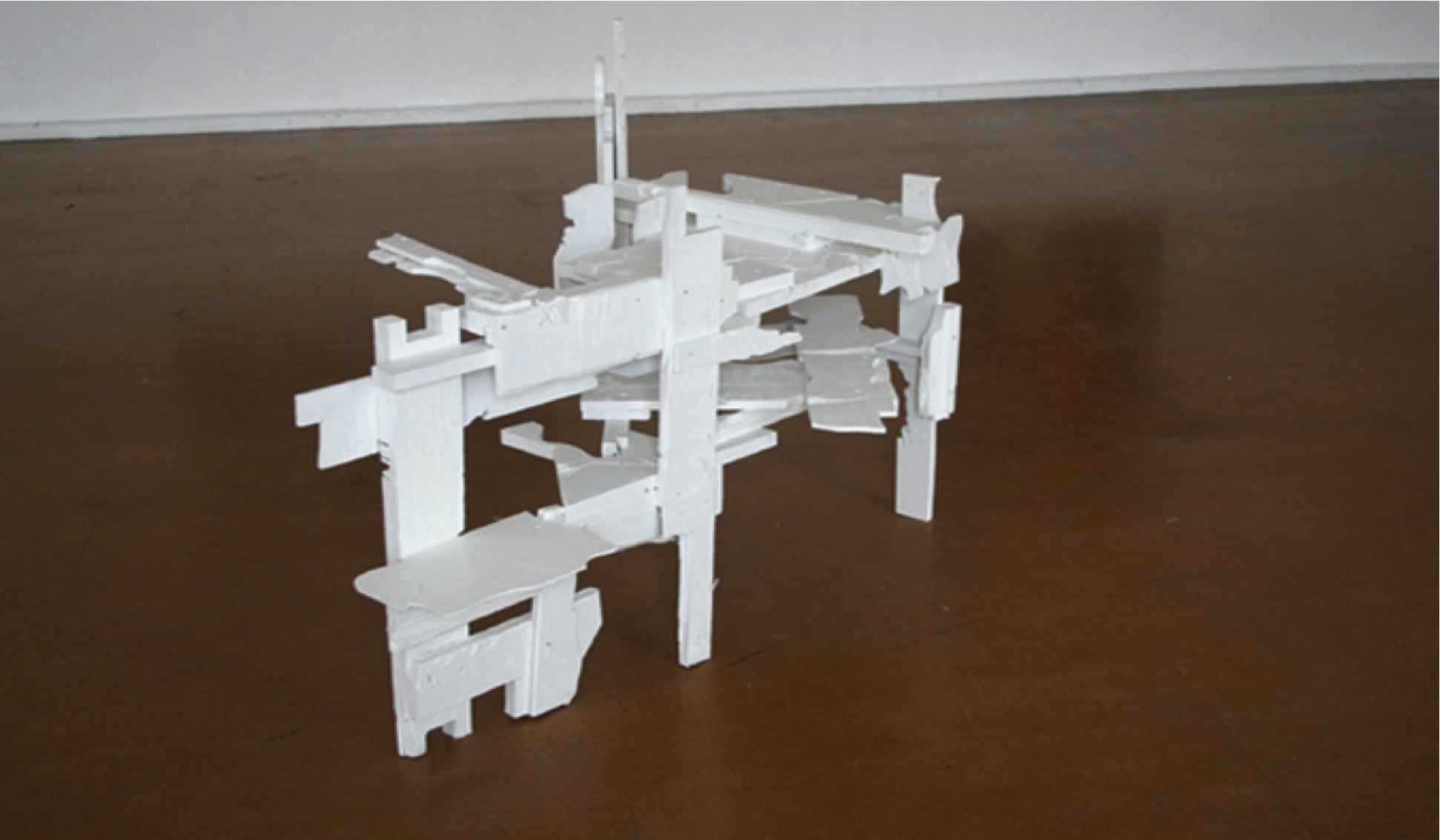 Figure 8 Also in his photographs, he works by means of the superposition of layers. They are always elaborated as triptychs involving a repertoire of digital images that the artist gathers in a wide range of situations, which he subsequently reworks and rearranges. Sometimes his boliden arise in them, in digital drawings outlined in black or white (Figure 9).  Figure 9 The reuse of materials is another relevant aspect of Brausewetter's poetics. He does not waste colors, fabrics or papers. Everything can be transformed into new compositions. This is the case of the paper compositions the artist creates from the surfaces he uses to protect the floor of his studio from the tempera that drips from the canvases during the painting process, for example. The various layers of colors that randomly arise are later cut out, torn and recombined to create collages. Therefore, what initially seems like a random work is actually submitted to his rigorous sense of composition to generate a new order, whose paradigm, ultimately, is painting. In his painting, photography, objects, drawings and collages, the overriding question for the artist is perhaps the search for an order beyond the real, as though in his constant work of deconstruction and rearrangement, Brausewetter's aim is to achieve a very subtle balance point which is also very delicate for also being extremely unstable – always threatened by the necessity of the process. Ana Magalhães translated into English by John Norman |
||||